Results
-
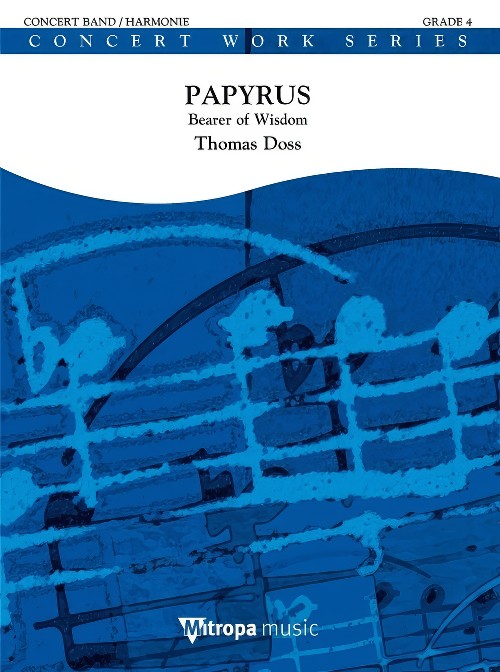 £139.99
£139.99Papyrus (Bearer of Wisdom) (Concert Band - Score and Parts) - Doss, Thomas
The history of paper ranges over more than five thousand years: likely starting around 3500 BC in old Egypt with the use of papyrus. The oldest findings of written paper date from 2700 BC. In China, the first production of paper took place in the year 105 AD. The Arabs acquired their knowledge of the art of making paper around 750 AD, thanks to Chinese prisoners of war. Around the same time, the Celtic Ogham script was created in Ireland and carved into stones or trees. In Europe, the first paper mill was not put into operation until the 12th century! No matter how different the production methods and its historical use, paper was always a way to pass on wisdom, art and knowledge. Even today, in the age of digitalisation, paper still has a somewhat 'sacred' image. With Papyrus, Thomas Doss has written a wonderful composition in which the history of paper is reflected, and listeners can very much hear the various periods of this history represented throughout the piece. Duration: 8.30
Estimated dispatch 7-14 working days
-
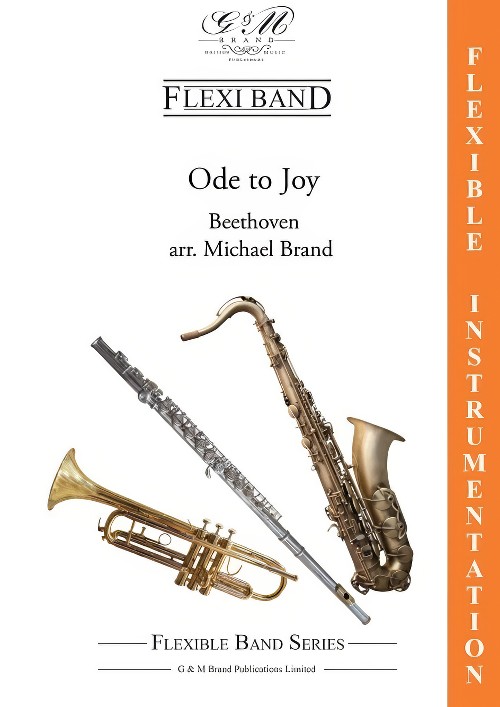 £37.50
£37.50Ode to Joy (Flexible Ensemble - Score and Parts) - Beethoven, Ludwig van - Brand, Michael
Beethoven uses the theme as the Prelude to the fourth Movement of his Ninth Symphony and it bursts into life with the powerful Choral setting later in that movement. The test was written by the German poet and playwright Schiller and describes the triumph of universal brotherhood against war and desperation. Duration: 2.30
Estimated dispatch 7-14 working days
-
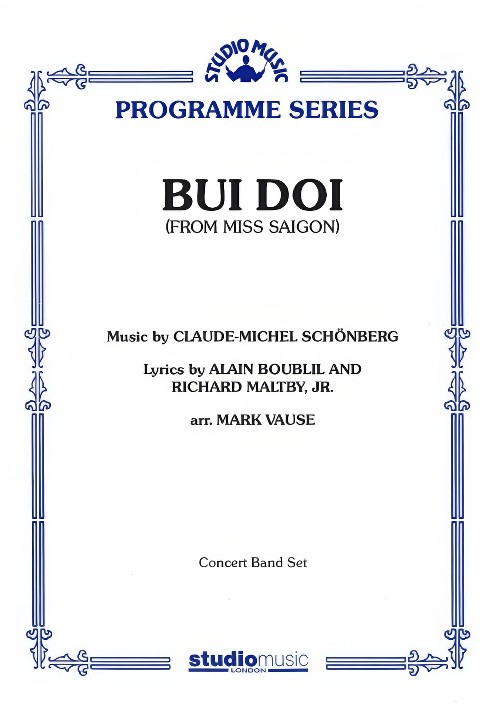 £11.95
£11.95Bui Doi (from Miss Saigon) (Concert Band - Score only) - Vause, Mark
This particular song is the opening number from act II. The title Bui Doi is Vietnamese and literally means 'dust of life'. In the musical it refers to the children of American soldiers and Vietnamese mothers abandoned at the end of the Vietnam war. This rousing arrangement will provide a welcome addition to any band program.
Estimated dispatch 7-14 working days
-
 £59.95
£59.95Bui Doi (from Miss Saigon) (Concert Band - Score and Parts) - Vause, Mark
This particular song is the opening number from act II. The title Bui Doi is Vietnamese and literally means 'dust of life'. In the musical it refers to the children of American soldiers and Vietnamese mothers abandoned at the end of the Vietnam war. This rousing arrangement will provide a welcome addition to any band program.
Estimated dispatch 7-14 working days
-
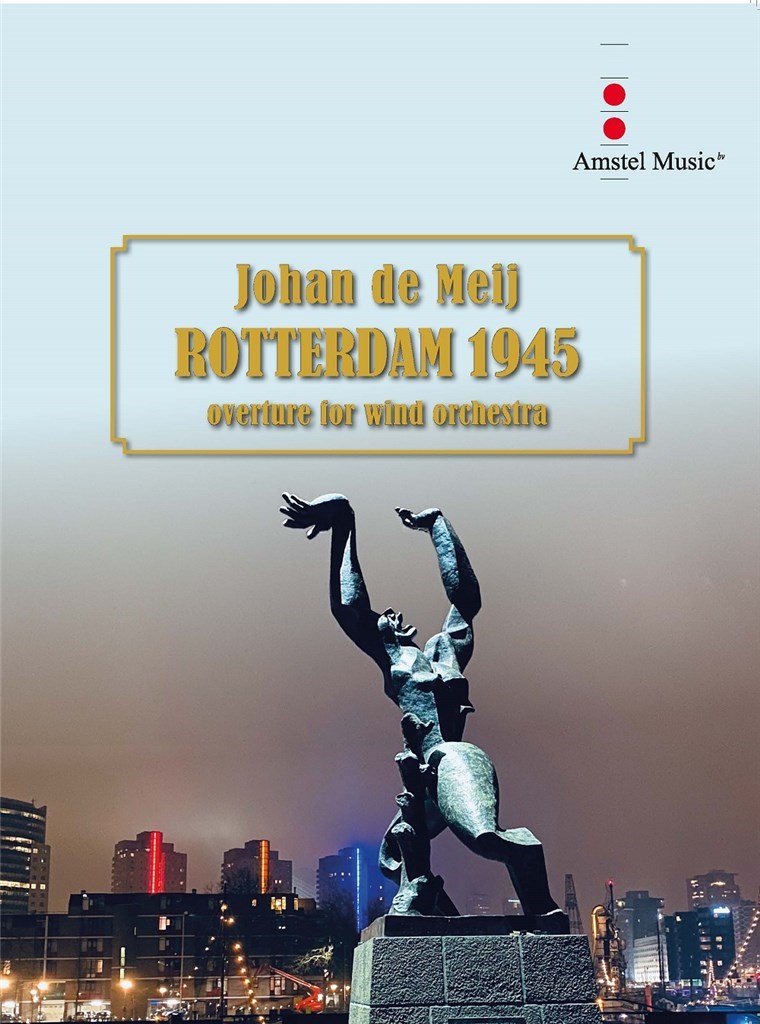 £124.00
£124.00Rotterdam 1945 (Concert Band - Score and Parts) - De Meij, Johan
Rotterdam 1945 was written at the request of Maestro Arjan Tien, the chief conductor of the Marine Band of the Royal Netherlands Navy, to commemorate their 75th anniversary in 2020. 1945 also marked the end of World War II, the year that my home country Holland was liberated from Nazi Germany. My father was born in Rotterdam in 1910, so I have a special bond with this dynamic city. I have used the numbers 1-9-4-5 to create the main theme and translated it into a four-note motif: C - D'- F - G. - Johan de Meij. Duration: 7.30
Estimated dispatch 7-14 working days
-
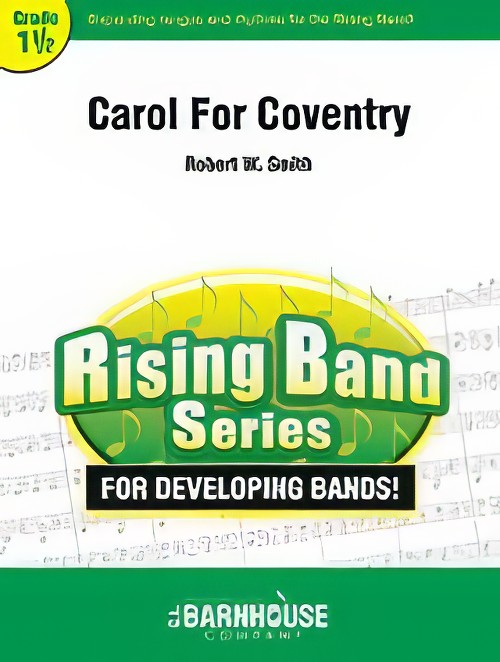 £49.00
£49.00Carol for Coventry (Concert Band - Score and Parts) - Smith, Robert W.
The classic "Coventry Carol" is an English Christmas carol from the 16th century. The haunting melody became more widely known in1940, after Coventry was bombed by the German Air Force during World War II. On Christmas Day, the BBC broadcasted a service from the ruins of the Coventry Cathedral that included a dramatic choral performance of the work. This single broadcast with the song's melancholy lyrics gave new meaning to the carol, cementing its place in our holiday repertoire. Robert W. Smith's powerful "Carol For Coventry" brings that 1940 cathedral setting to life with a powerful and dramatic opening statement and a flowing, lyrical setting of the classic carol. A very dramatic choice for your holiday program! Duration: 3.00
Estimated dispatch 7-14 working days
-
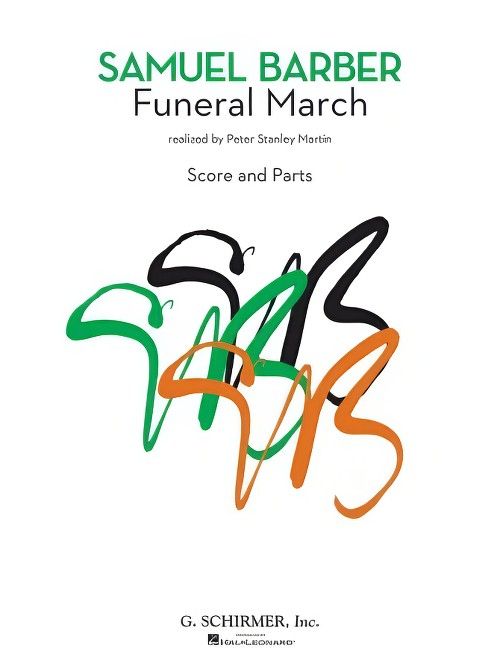 £79.99
£79.99Funeral March (Concert Band - Score and Parts) - Barber, Samuel - Martin, Peter Stanley
The Funeral March is a spectre-like fantasy on the U.S. Army Air Corps Song. This publication is the fully realized performance edition from the short score manuscript left by the composer from his time in the military during World War II.
Estimated dispatch 7-14 working days
-
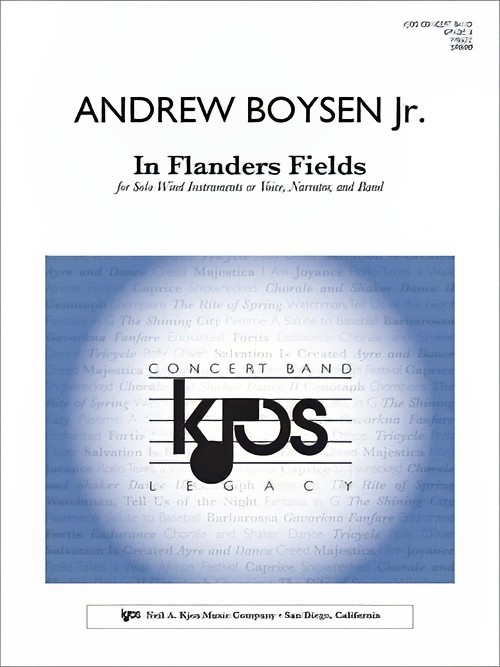 £80.00
£80.00In Flanders Fields (Vocal or Instrument Solo with Narrator and Concert Band - Score and Parts) - Boysen Jr, Andrew
In Flanders Fields can be performed in two ways: with any wind soloist, narrator and band, or with vocal soloist (soprano, alto, tenor, bass) and band. In the first version, the narrator speaks the poignant words of John McCrae's famous poem about the sacrifices of World War I in between phrases from the instrumental soloist. If using a vocalist, the words are sung as lyrics to the instrumental solo melodies. In Flanders Fields is a perfect selection for any patriotic concert.
Estimated dispatch 7-14 working days
-
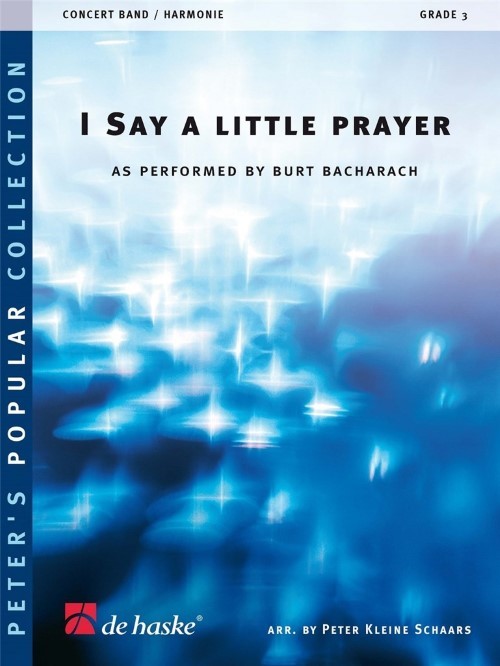 £84.99
£84.99I Say a Little Prayer (Concert Band - Score and Parts) - Schaars, Peter Kleine
This bittersweet song from 1967 is a real classic, partly due to the rendition by two queens of soul, Dionne Warwick and later also Aretha Franklin. The theme was very topical at the time: A woman is concerned about her husband fighting in the Vietnam War, and thinks about him during her day-to-day worries. Top arranger Peter Kleine Schaars created a tasteful and carefully orchestrated version. His arrangement stays true to the original colour and feel of the song, and, as a grade 3 piece, is still perfectly playable for most bands. Duration: 2.30
Estimated dispatch 7-14 working days
-
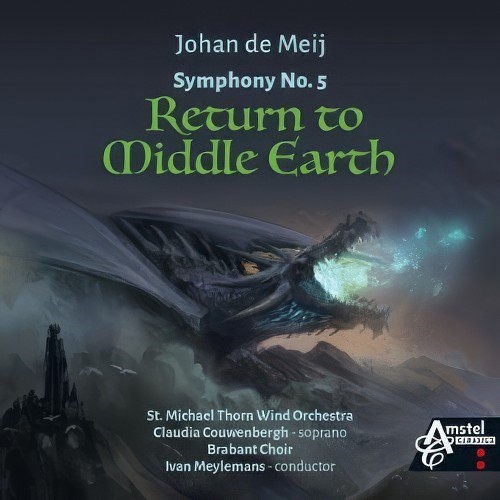 £13.95
£13.95Symphony No.5, Return to Middle Earth (Concert Band CD) - De Meij, Johan
Includes: Miri na F?anor (Jewels of Feanor); Tinuviel (Nightingale); Ancalagon i-mor (Ancalagon the Black); Arwen Undomiel (Evenstar); Dagor Delothrin (The War of Wrath); Thuringwethil (Woman of Secret Shadow).
Estimated dispatch 7-14 working days
